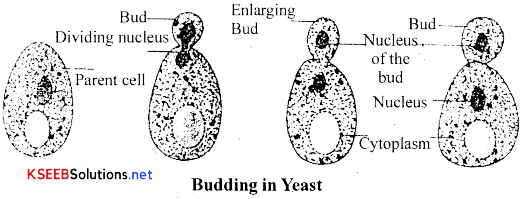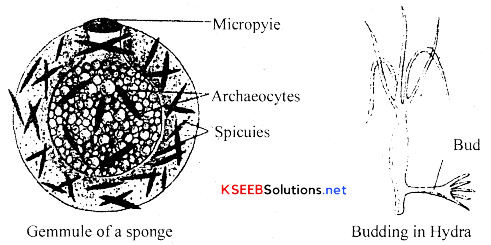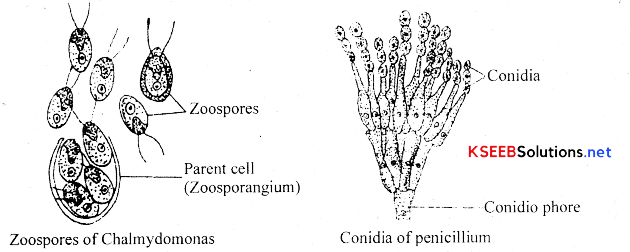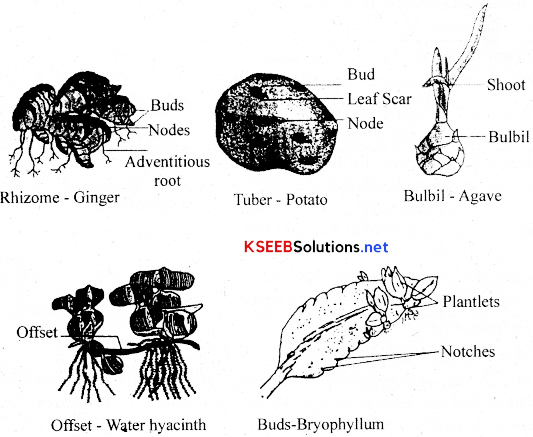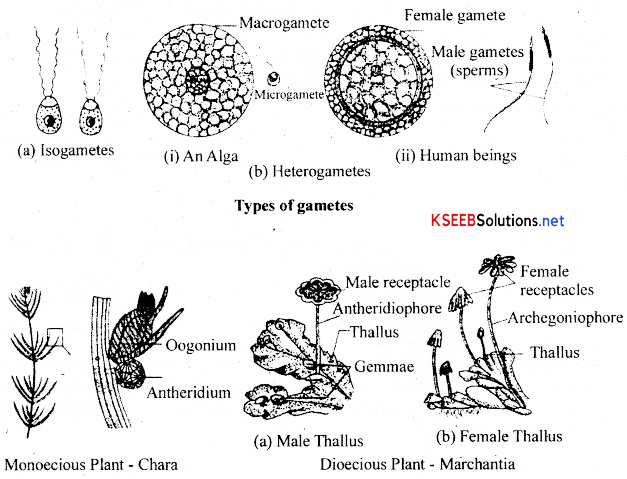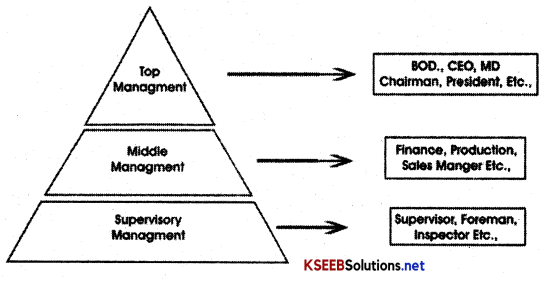Karnataka 2nd PUC Business Studies Notes
- Chapter 1 Nature and Significance of Management Notes
- Chapter 2 Principles of Management Notes
- Chapter 3 Business Environment Notes
- Chapter 4 Planning Notes
- Chapter 5 Organising Notes
- Chapter 6 Staffing Notes
- Chapter 7 Directing Notes
- Chapter 8 Controlling Notes
- Chapter 9 Financial Management Notes
- Chapter 10 Financial Market Notes
- Chapter 11 Marketing Management Notes
- Chapter 12 Consumer Protection Notes
- Chapter 13 Entrepreneurship Development Notes

